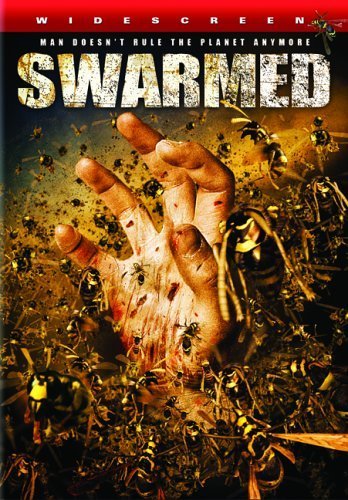 I’ll admit this right from the get-go: I am a huge fan of The Tudors. When Henry VIII (Jonathan Rhys-Meyers) flashes his eyes at someone who has displeased him, I quake for that person. Lady Mary (Sarah Bolger) is perfectly cast as the deeply-religious, Catholic-girl-with-the-potential-to-Go-Wild, and the way Thomas Culpepper (Torrance Coombs) throws smoldering looks at the dippy Catherine Howard (Tamzin Merchant) makes my heart thump with horror, knowing they’re going to be found out and chopped into pieces.
I’ll admit this right from the get-go: I am a huge fan of The Tudors. When Henry VIII (Jonathan Rhys-Meyers) flashes his eyes at someone who has displeased him, I quake for that person. Lady Mary (Sarah Bolger) is perfectly cast as the deeply-religious, Catholic-girl-with-the-potential-to-Go-Wild, and the way Thomas Culpepper (Torrance Coombs) throws smoldering looks at the dippy Catherine Howard (Tamzin Merchant) makes my heart thump with horror, knowing they’re going to be found out and chopped into pieces.
I finished the last episode just before the holidays–it’s the perfect show to watch while addressing Christmas cards.
I am sure there’s a significant portion of the cyber-universe dedicated to all the historical inaccuracies of the series but I don’t care. I loved it anyway. Yes, I wish there had been a bit more squalor and filth. In the entire series I saw just one brief moment where a servant plucked something—presumably a louse—out of Henry’s hair (Henry batted him away in irritation), and had one quick glimpse of a castle privy, but only because that’s where Catherine Howard seemed to prefer her meetings—cough—with Thomas Culpepper. So be it. They chose not to dwell. Not how I would have directed it, but maybe that’s why I wasn’t asked to direct it.
But I do feel compelled to lodge two complaints. The first is, there’s altogether too much healthy food on the groaning banquet boards. Henry (Jonathan R-M) is forever plucking an apple from a pile of fruit on the table and taking a moody bite. Clearly the showmakers decided not to try to age and fatten Henry, which I’m fine with (sort of), but the ulcerous leg sore that afflicted the real Henry throughout his adult life was probably severely exacerbated by scurvy. English aristocracy reviled fruits and vegetables (peasant food) and subsisted on a very meat-intensive diet. So it would have been more realistic to have shown Jonathan Rhys-Meyers taking a moody bite from a nearby leg of lamb. Whatever.
And second—the bodice ripping was altogether too . . . easily accomplished. This is a G-rated blog, so let’s just say, if one were to want to help another out of her dress in 16th-century England, it can’t have happened the way the show depicted it: to whit, a Fonzie-like flick of the wrist and whoosh—the dress tumbled to the floor. It would have taken a great deal more effort than that.
Sixteenth-century farthingales were effectively like wearing a barrel around the waist. The dress was draped down over the sides and had to be pinned, laboriously, around the edges of the drum and then down to the hemline. The process took hours, and required dozens of pins. Tudor court women were basically walking pincushions. It’s why women curtsy by dropping straight down (whereas men bow forward at the waist). You’re less likely to be stabbed in multiple places if you simply crumple, rather than try to bend. (And we’re not even going to address the boned bodices–not yet called corsets but basically corsets–that prevented bending over of any sort.) They also had the sleeves to contend with—sleeves could be mixed and matched according to the chosen bodice and skirt; your maid either sewed or pinned your sleeves on you every day. Sleeves didn’t cascade down pearly shoulders the way they so readily do on the show.
Shakespeare’s audience knew about the pins. When Desdemona bids her maid Emilia: “Come, unpin me,” she’s telling her to get psyched for a longish evening of girl-talk about Othello.Well, so, what of it. The producers of The Tudors no doubt felt it might drag down the scene to show the beautifully-dressed ladies with heaving bosoms get painstakingly unpinned from their dresses and sleeves. But I felt it merited mention.
![256px-Anne_of_Denmark_by_JohnJohn de Critz the Elder [Public domain], via Wikimedia Commonsjpg](https://www.sarahalbeebooks.com/wp-content/uploads/2012/01/256px-Anne_of_Denmark_by_JohnJohn-de-Critz-the-Elder-Public-domain-via-Wikimedia-Commonsjpg2.jpg)











